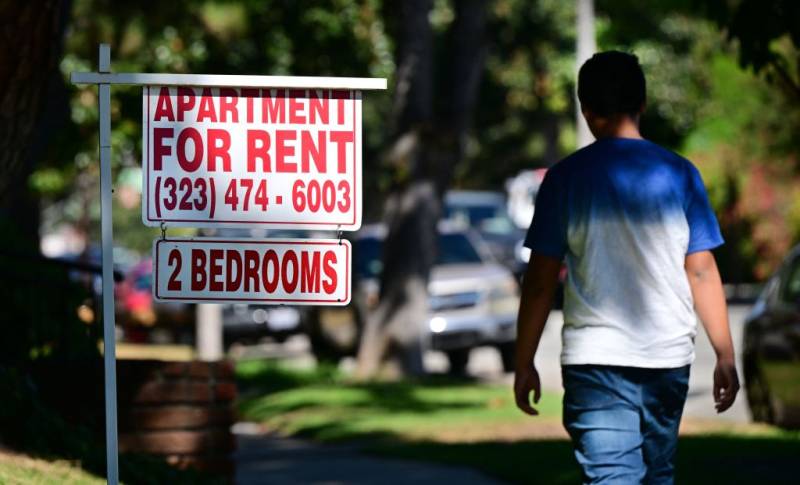Starting this week, California renters can use a new online tool to check their eligibility for state and local rent protections based on their ZIP code. The idea is to make it easy to figure out how much your landlord can legally raise your rent each year, since rent caps vary from city to city. No need to read through your local rent control ordinance — now renters can just follow a simple set of prompts at tenantprotections.org and get an answer.
“As our state has blossomed with lots of local rent stabilization ordinances, this really provides a one-stop shop where tenants can go to find out what their rent increases can be,” says Leah Simon-Weisberg, legal director for the Alliance of Californians for Community Empowerment, or ACCE.
Santa Ana, Pomona, Bell Gardens, Pasadena, Richmond, Santa Monica and other cities around the state enacted or strengthened rent control policies this year.

